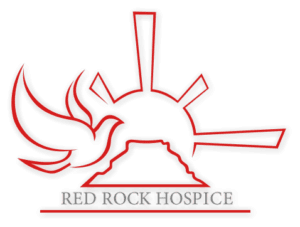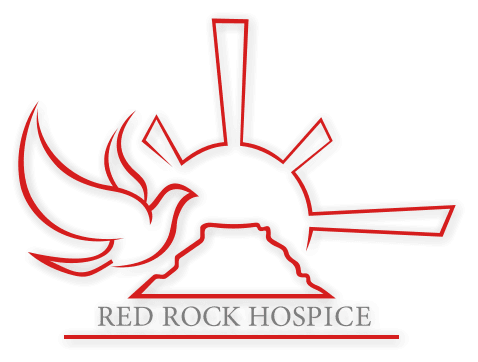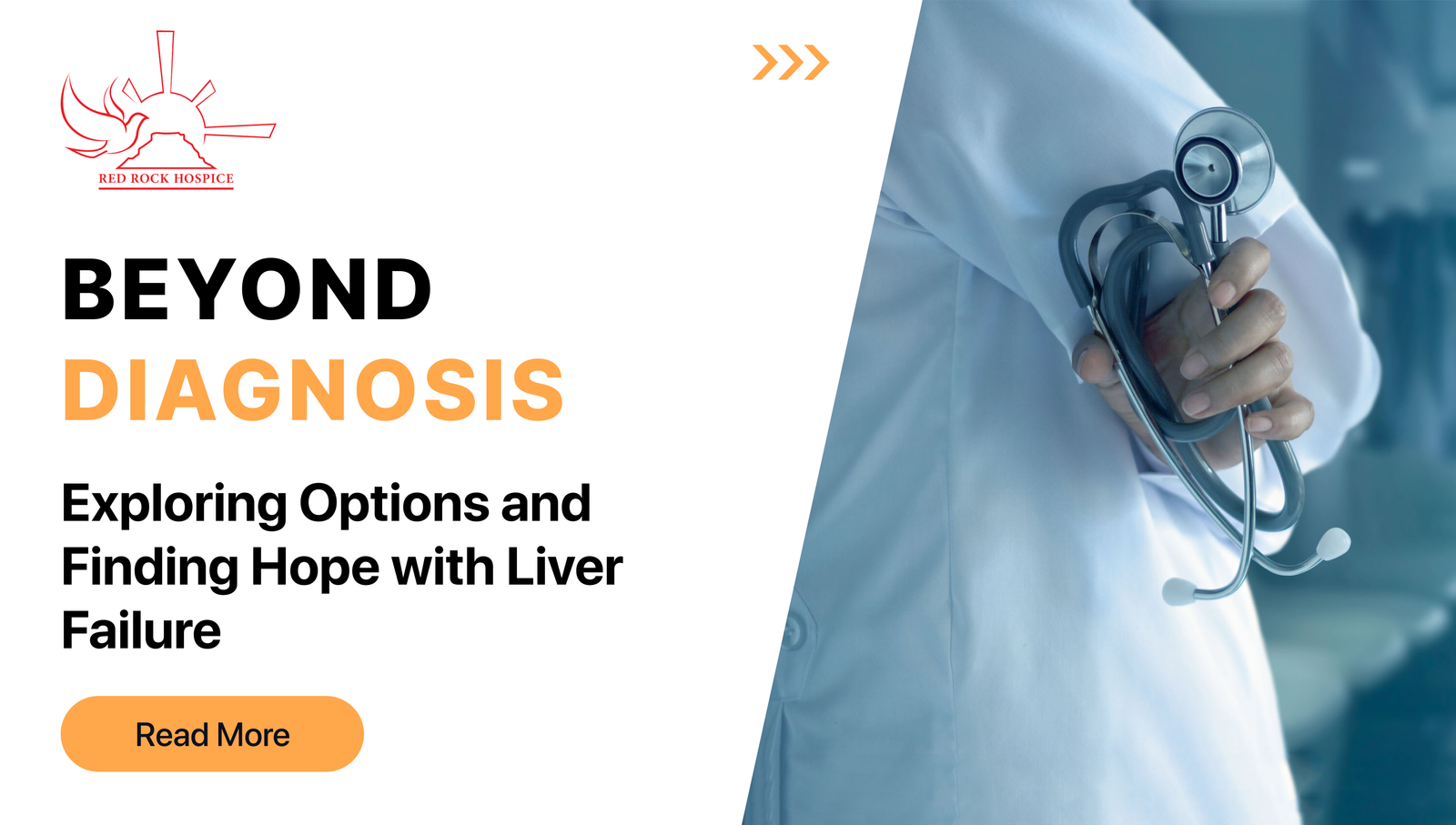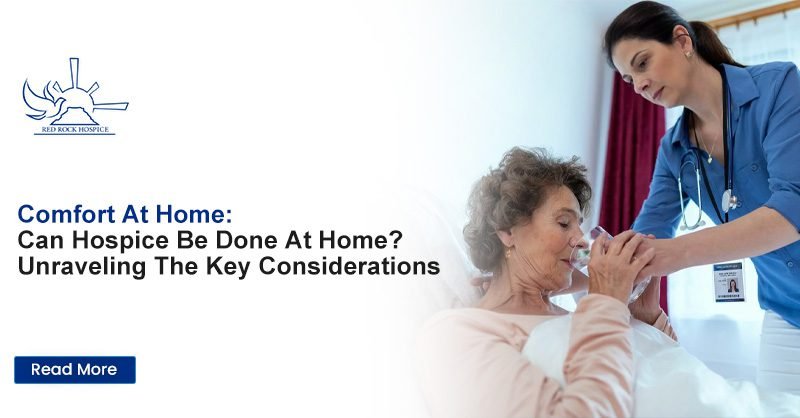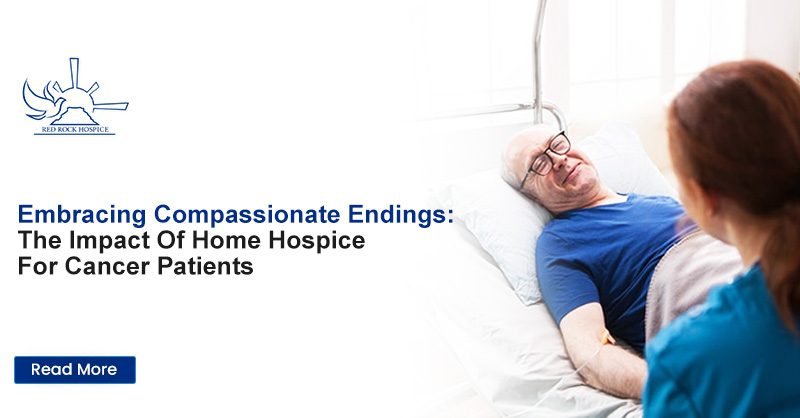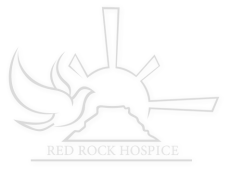Understanding Liver Disease
Introduction to Liver Disease: Overview and Facts
The liver, a vital organ, is crucial for our overall health as it detoxifies the body, synthesizes proteins, and aids digestion, among other processes. A comprehensive introduction to liver cirrhosis reveals that it is often part of a more excellent chronic liver disease framework, coming into play when factors such as infection, genetics, and excessive alcohol consumption put the liver under siege. Continual active alcoholism, involving the intake of more than 80 gm of ethanol per day, is a significant contributor to this. Over time, such enduring damage to the liver can precipitate a morbid condition known as liver cirrhosis, also referred to as End-Stage Liver Disease (ESLD). In this advanced stage, the liver is severely scarred and devolves into chronic liver failure due to its inability to function normally.
But you don’t have to walk this path alone.
Red Rock Hospice understands the complexities of End-Stage Liver Disease. We offer a compassionate hand and extensive expertise in navigating the challenges of ESLD, not just through medical care but through holistic support that encompasses emotional, spiritual, and physical well-being.
Our “Hospice 101” consultation provides a safe space for open discussion about ESLD, exploring care options, and addressing any questions or concerns you might have. Our dedicated specialists, including nurses, social workers, and chaplains, work closely with you and your loved ones, tailoring care to your unique needs and wishes.
Talk to our Hospice Experts now.
Symptoms of End-Stage Liver Disease

Patients with End-Stage Liver Disease experience symptoms that range from discomfort to severe pain as the liver function continues to decline. Here are some commonly observed indicators:
- Jaundice: Indicates the liver’s inability to adequately process bilirubin,, leading to yellowing skin or the eyes’ whites. This can be interpreted as a clear sign of hepatic synthetic dysfunction initiated by decompensated cirrhosis, often occurring with associated complications such as hepatorenal syndrome or jaundice.
- Ascites: An accumulation of fluid in the abdomen causing swelling and discomfort, potentially escalating to painful abdominal distention. Patients with this condition often need large-volume paracentesis and repeated interventions for relief. Ascites, along with variceal bleeding and spontaneous bacterial peritonitis, mark the onset of complications with decompensated cirrhosis.
- Variceal bleeding: One of the significant cirrhosis complications is the bleeding from enlarged veins (varices) in the esophagus and often the stomach. This severe health risk can lead to fatal complications like bleeding, particularly variceal hemorrhage, which can significantly shorten the patient’s survival timeline if mishandled.
- Hepatic encephalopathy (HE): A condition where brain function declines, confusing, altered levels of consciousness, and possibly coma. This cognitive dysfunction is directly associated with the worsening of hepatic states and may occur more frequently in patients with advanced cirrhosis and its complications.
- Spontaneous bacterial peritonitis: A complication of ascites that causes severe abdominal discomfort due to infection. Patients with decompensated cirrhosis often face complications like this and variceal bleeding.
- Coagulopathy: A deteriorative kidney disease condition that prevents blood from clotting properly, which escalates the risk of bleeding and complicates the already present cirrhosis complications. Similar patterns are observed in chronic illnesses such as heart failure and kidney disease.
Pain, being one of the most distressing symptoms, is joint in patients living with end-stage liver disease or cirrhosis, necessitating dedicated pain management. Complications such as muscle cramps, notably due to associated kidney disease, also significantly impact these patients. Additional physical and psychological symptoms such as fatigue, anorexia, nausea, weight loss, breathlessness, anxiety, and depression become more prevalent as cirrhosis progresses to its fatal stage.
Learning about Hospice Care for Patients with End-Stage Liver Disease (ESLD)
Description of Hospice for Patients with ESLD
Hospice is a care approach aimed at providing comfort and preserving dignity in patients nearing the end of life. In the larger context, it can be delivered across various settings, whether at home, in nursing homes, or even in acute care hospitals. Regardless of location, the goal remains the same: Leveraging the expertise of an interdisciplinary team for a meticulously crafted care plan. This plan applies to severe health conditions, including End-Stage Liver Disease (ESLD). The team interacts closely with the patient’s existing healthcare providers, offering an evolving care plan catered to the specifics of the patient’s evolving health status. Very prominent in the hospice programs, this practical, patient-focused approach prioritizes managing symptoms, emphasizing home drainage where applicable, and alleviating both physical and emotional distress.
Role of Hospice in Managing Symptoms of ESLD
The essential role of hospice in managing symptoms of End-Stage Liver Disease (ESLD) cannot be overstated. Leveraging the expertise of a robust interdisciplinary team, hospice care manages the physical impairments ESLD brings about, including tracking the serum sodium concentration and monitoring creatinine levels, and addresses the complex psychological and emotional challenges accompanying the disease. The teams’ comprehensive range of holistic services is tailored to adapt to each patient’s needs.
- Symptom Control: By considering conventional and new prognostic factors— such as the revised MELD score that includes serum sodium concentration (MELD-Na) — hospice helps manage various symptoms common in ESLD patients, such as breathing difficulties, bowel irregularities, itchy skin, abdominal discomfort, restlessness, and confusion.
- Individualized Care Plan: A patient’s communicative abilities may decline as the end-of-life approaches. Equipped with detecting hepatorenal syndrome (elevated creatinine and blood urea nitrogen (BUN)), hospice personnel design an individualized plan that particularly addresses pain, hydration, nutrition, skin care, agitation, bleeding, and other diagnosis-specific symptoms, enabling effective management of impairment.
- Coordinated Care at Every Level: A comprehensive care plan intertwines the patient’s existing healthcare professionals and hospice teams. This plan also encompasses effective management of ascites that are not responsive to diuretics – one of the numerous challenges ESLD patients face. This enables seamless information exchange and patient-centered decision-making across all parties, including physicians, nurses, social workers, and clergy, should the patient request.
- Emotional and Spiritual Assistance: Conscious of the significant impact of emotional and spiritual well-being on overall health, hospice resources aim to maintain patients’ emotional health while offering spiritual guidance when needed.
Identifying Patients Eligible for Hospice Services
Hospice Eligibility Criteria for Patients with Liver Failure
Determining the proper time for hospice intervention in patients with liver failure can be challenging due to the unpredictable nature of the disease’s progression. However, the liver disease hospice criteria as per Medicare Guidelines can assist in determining when to introduce hospice care, particularly for end-stage liver disease (ESLD) patients. Individuals with a life expectancy of fewer than six months and who meet the specific criteria are deemed eligible for hospice services. This includes observable factors like a prolonged prothrombin time exceeding 5 seconds over control, International Normalized Ratio (INR) > 1.5, and Serum albumin < 2.5 gm/dl. Moreover, having at least one severity marker, such as refractory ascites, spontaneous bacterial peritonitis, hepatorenal syndrome, refractory hepatic encephalopathy, or recurrent variceal bleeding, despite intensive therapy, qualifies them for end-of-life care.
Beyond measurable metrics, eligibility decisions require the evaluation of additional supporting factors or comorbidities. This could entail progressing malnutrition and muscle wasting leading to diminished endurance, unchecked active alcoholism, hepatocellular carcinoma, or Hepatitis B virus surface antigen (HBsAg), commonly known as Hepatitis B or C, that’s resistant to treatment.
Although these guidelines provide a framework, clinician judgment remains pivotal since decisions should be tailored to each patient’s unique clinical status. Sometimes, patients might need to check all the boxes in the criteria. However, they could still be considered appropriate for hospice care due to other comorbidities or a rapid drop in functional ability.
Transplant Ineligibility Factors
Medical interventions such as liver transplantation could potentially extend survival for patients with End-Stage Liver Disease. However, the process of transplant consideration and the patient’s transplant candidacy can be influenced by various health factors, disqualifying some from being placed on the transplant listing. This includes Hepatitis C patients who are refractory to interferon treatment, among other factors. These are the conditions that prevent eligibility for transplantation:
- Obstructive coronary artery disease: Since it is not amenable to revascularization, this can lead to near-total intra-operative and post-operative morbidity and mortality.
- Systolic heart failure: Intense hemodynamic changes during transplantation require sufficient compensatory cardiac function.
- Severe pulmonary hypertension: Studies reveal that perioperative mortality associated with a mean pulmonary arterial pressure (mPAP) of 35 mmHg or more is significantly high.
- Severe intrinsic pulmonary disease: This drastically increases post-transplant length of hospital stay and ventilator time.
- Class 3 obesity: Obesity is associated with extended transplant operative time, wound infections, overall infections, postoperative respiratory failure, and hospital stay.
- Inability to maintain abstinence from alcohol or illicit substances: Notably, a short duration of abstinence before transplant listing has been connected with reduced survival due to post-transplant relapse.
- Persistent non-adherence to medical recommendations: Pre-transplant nonadherence predicts post-transplant nonadherence, which can result in rejection and loss of the donor organ.
- Lack of social support is essential for the transplant recipient’s health maintenance through regular medical check-ups, necessary testing, and medications.
- Advanced Hepatocellular carcinoma (HCC) and intrahepatic cholangiocarcinoma: Patients with advanced HCC or cholangiocarcinoma have a limited life expectancy, and this condition is unresolvable with transplantation.
- Active extrahepatic malignancy: The post-transplant recurrence rates are tied to the remission duration and depend on the type of cancer.
- Hepatitis C refractory to interferon treatment: Interferon treatment is a common approach to managing Hepatitis C. However, if the patient’s condition does not respond to this method, a liver transplant becomes a less viable option.
Navigating Benefits of Hospice Care for ESLD Patients

Key Benefits of Hospice Care for Patients with ESLD
Hospice care provides several tangible benefits for patients dealing with End-Stage Liver Disease. Here are some primary advantages to note:
- Person-centered Care: Hospice care customizes the treatment approach based on the patient’s unique needs, preferences, and symptoms, including necessary dietary changes such as sodium restriction. Clinical practice guidelines robustly endorse this approach due to its solid evidence base.
- Symptom Management: The core of hospice care lies in efficacious symptom control, which may include, but isn’t limited to, pain, nausea, anxiousness, breathlessness, and ascites. Managing ascites generally involves measures such as dietary sodium restriction and diuretics.
- Improved Quality of Life: By emphasizing comfort, dignity, supportive care, and appropriate dietary modifications like sodium restriction instead of aggressive therapies, hospice care can enhance the patient’s quality of life. Caregiver education is vital to ensure the right measures are implemented.
- Multidisciplinary Approach: Hospice assembles a team of experts, including physicians skilled in subject areas like dietary sodium restriction, nurses, social workers, grief counselors, and volunteers, keeping all perspectives of patient care in mind. This comprehensive approach helps decrease caregiver burden.
- Family Support: Hospice provides emotional support, resources, and guidance to help family members manage their loved one’s disease, including teaching them about key aspects like sodium restriction for better ascites management.
- Reduced Hospitalizations: Emphasizing home-based care, including careful dietary adjustments and sodium restriction, can curtail hospitalizations and emergency department visits.
- Financial Relief: With hospice care coverage from Medicare and several private insurances, families can be relieved of hefty costs. Special programs like the Medicare Hospice Benefit, for instance, are reserved for patients with a life expectancy of six months or less, thus reducing their potential mortality risk.
Addressing Barriers to Hospice Utilization
Requirement of Forgoing Life-Prolonging Treatment
One of the primary barriers to hospice utilization is the requirement that patients forgo life-prolonging treatments for their terminal illnesses. This challenge is recognized by the Local Coverage Determination (LCD), a decision made by a Medicare Administrative Contractor (MAC) that oversees whether a particular service or item is reasonable, necessary, and covered by Medicare within the specific jurisdiction. In practice, this stipulation means that a patient electing hospice must cease treatments like chemotherapy, radiation, dialysis, or ventilator support, often considered to extend life.
While this determination is challenging, it’s essential to remember that pivoting to hospice does not mean surrender but consenting to a shift in focus from curative to comfort-oriented care, emphasizing the quality of life over the quantity.
In the case of ESLD, treatments often become less effective over time, making their side effects outweigh their potential benefits. This A/B Medicare Administrative Contractor (MAC)(HHH) established medical criteria to help determine the prognosis for non-cancer diagnoses during these difficult transitions. Moreover, hospice providers will be available to provide emotional support to patients and families, ensuring they are well-informed and comfortable with their choices.
Final Overview
Understanding the nuances of End-Stage Liver Disease is crucial for informed decision-making, especially when considering hospice care. Individuals and their families can make informed choices prioritizing comfort, dignity, and quality of life during challenging times by delving into the symptoms, benefits, and eligibility criteria. If you have a loved one facing ESLD, exploring hospice options can provide valuable support, symptom management, and emotional assistance tailored to their unique needs.
Discover Exceptional Hospice Care with Red Rock Hospice
At Red Rock Hospice, we’re proud to be Nevada’s top-rated hospice provider, offering unparalleled support for those navigating End-Stage Liver Disease (ESLD). Led by our compassionate CEO, Rastelli Regalado, we commit to making each patient’s journey comfortable and peaceful.
Why Red Rock Hospice?
- Compassionate Care: Our mission is to ensure comfort and peace throughout the ESLD journey, providing unwavering support for patients and families.
- Community Commitment: Beyond hospice services, we actively engage with the community to enhance health outcomes.
- The Hyper Care Team
Our 50+ years of experience team ensures the highest standards of care, from hospice physicians to compassionate counselors.
- Ethics and Integrity
Our foundation is built on ethics and integrity, treating every patient with dignity, compassion, and respect.
For personalized needs, experience a free consultation with Red Rock Hospice. Your unique journey deserves exceptional care, and we’re here to deliver. Choose the best — choose Red Rock Hospice.
At Red Rock Hospice, we believe knowledge is power, especially when navigating the sensitive terrain of ESLD. That’s why we offer a free “Hospice 101” consultation, a safe space where you and your loved ones can explore options, ask questions, and gain clarity about hospice care.
Here’s what you can expect in your “Hospice 101” consultation:
- Personalized guidance: Our experienced team will listen to your unique story and concerns, addressing them with empathy and understanding.
- Demystifying hospice: We’ll clear up any misconceptions and explain how hospice can complement and support your loved one’s care, focusing on comfort and quality of life.
- Exploring options: We’ll discuss the different types of hospice care available, from home-based to in-patient settings, helping you find the best fit for your needs.
- Addressing anxieties: We’ll provide emotional support and guidance, helping you navigate the emotional complexities of facing ESLD.
Taking the First Step: Let’s Talk
FAQs (Frequently Asked Questions)
1. What is End-Stage Liver Disease (ESLD), and why is hospice care relevant in this context?
Answer: ESLD is an advanced stage of chronic liver disease marked by severe liver damage and failure. Hospice care becomes relevant for ESLD patients as it focuses on providing comfort, symptom management, and support for individuals nearing the end of life.
2. What are the symptoms of End-Stage Liver Disease, and how does hospice care address them?
Answer: Symptoms include jaundice, ascites, variceal bleeding, hepatic encephalopathy, and more. Hospice care specializes in symptom control, managing physical and psychological challenges, and improving the patient’s quality of life.
3. How does hospice eligibility for ESLD patients work?
Answer: Eligibility is determined based on factors like a life expectancy of fewer than six months and specific criteria, including measurable metrics like prolonged prothrombin time, INR, and serum albumin levels.
4. Can hospice care be received at home, and how does it enhance the patient’s quality of life?
Answer: Yes, hospice care can be provided at home, and it emphasizes comfort, dignity, and personalized care. Managing symptoms, offering emotional support, and addressing specific needs significantly improve the patient’s quality of life.
5. Are ESLD patients eligible for liver transplantation, and how does this factor into hospice care decisions?
Answer: Some ESLD patients may be eligible for liver transplantation, but various factors, including transplant ineligibility, can influence decisions. Hospice care becomes an option when life-prolonging treatments are no longer effective or desired.
6. What are the financial implications of choosing hospice care for ESLD patients?
Answer: Hospice care is covered by Medicare and many private insurances. Specific programs, like the Medicare Hospice Benefit, provide financial relief for families. Hospice can reduce costs related to hospitalizations and emergency visits.
7. What challenges might be faced in utilizing hospice for ESLD patients, especially regarding the requirement to forgo life-prolonging treatments?
Answer: One challenge is the requirement to forgo life-prolonging treatments. It’s important to understand that choosing hospice is a shift in focus from curative to comfort-oriented care, prioritizing quality of life.
8. How can Red Rock Hospice provide exceptional care for ESLD patients and their families?
Answer: Red Rock Hospice, with over 50 years of experience, offers compassionate care, community engagement, a hyper-care team, and a foundation built on ethics and integrity. They provide personalized consultations to meet the unique needs of each patient and family.

